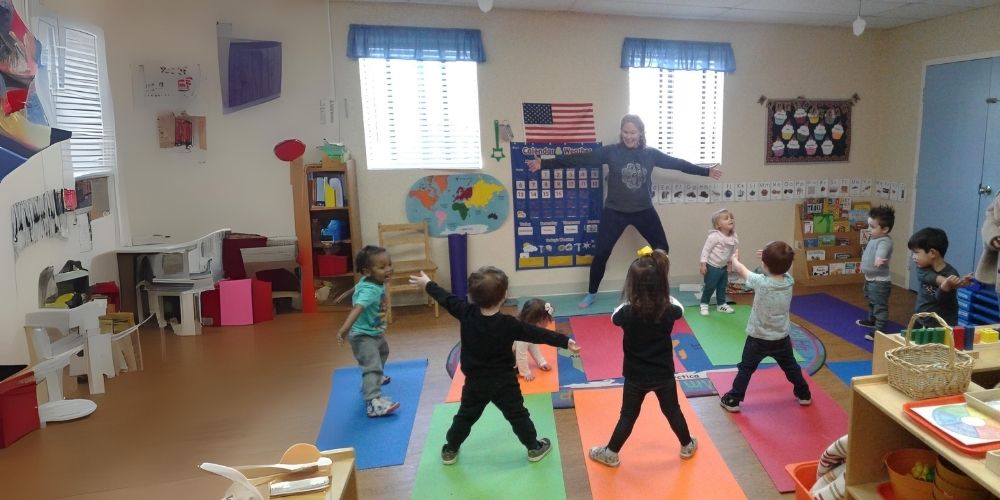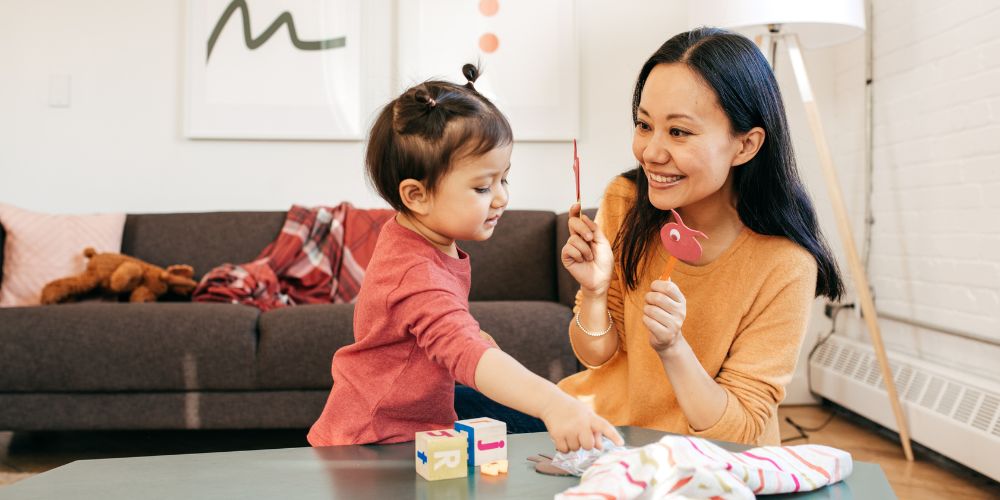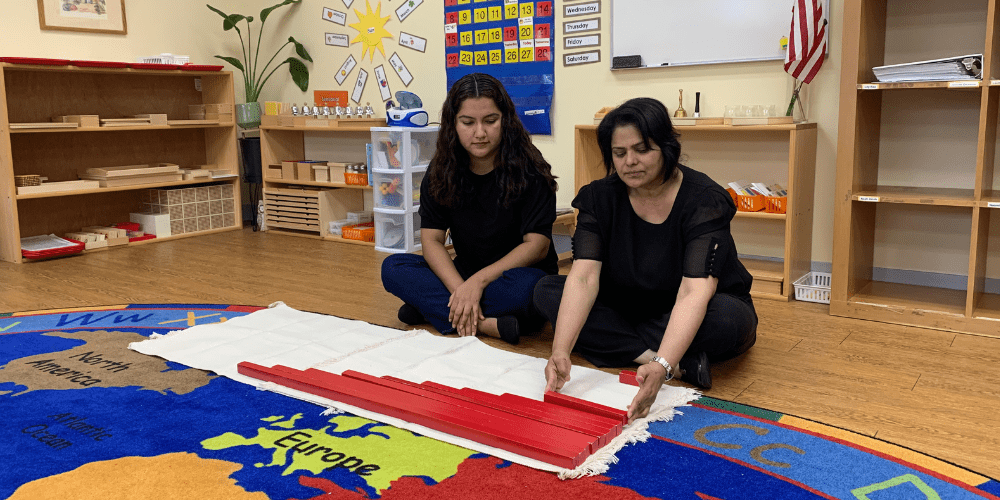What Is Positive Discipline?
As caregivers, we model positive discipline when we lead by example and teach children important social and life skills in a manner that is deeply respectful and encouraging, for both the child and the adult. Positive discipline teaches children to become responsible, resourceful members of their community by promoting self-discipline, or doing the right thing when no one is watching, forcing, or bribing. Positive discipline is executed effectively by employing kindness and firmness at the same time, and avoiding punitive or permissive tactics.
Some simple examples of positive discipline: active listening, asking instead of telling, connecting with physical affection, positive time outs, validating feelings, encouragement rather than praise, admitting mistakes, and presenting choices.
Some examples of discipline methods that are not positive: punishment, passivity, rewarding, praise, pampering, rescuing, fixing, punitive time-outs, grounding, and revoking privileges.
Five Criteria for Effective Discipline
For a discipline method to be effective, it should ideally embrace all five of these characteristics:
- Belonging & Significance
- Children should feel a sense of connection.
- Kind & Firm at the Same Time
- There is mutual respect and encouragment.
- Effective Long-Term
- What the child is thinking, feeling, learning, and deciding about her/himself and her/his world should be taken into account, as well as what they need to do in the future to survive or to thrive.
- Teaches Important Social and Life Skills
- It should convey respect, concern for others, problem solving, and cooperation as well as the skills to contribute to the home, school or larger community.
- Empowers Children
- Children should be encouraged to constructively explore their use
of personal power and autonomy.
Long-term Impact of Ineffective Discipline
While external motivators, such as punishments and rewards, are frequently used to quickly adjust behavior, they are only effective at that given moment for temporary compliance. Relying on these methods can have a long-term negative impact on your communication with your child and will not help them develop “internal motivation” to learn the characteristics and life skills which their parents would hope for.
The long-term impact of these punishment can manifest as:
- Resentment: “This is unfair. I can’t trust adults”
- Rebellion: “They can’t make me. I’ll do what I want.”
- Revenge: “I’ll get even and hurt back, even if it hurts me.”
- Retreat:
- a) Sneakiness– “I won’t get caught next time.”
- b) Reduced self-esteem– “I am a bad person who can never be good enough.”
Discipline that causes a child humiliation, blame, shame and/or pain will be inneffective. Effective discipline is only possible if we search beyond the misbehavior, and explore the mistaken beliefs that have led the child to think their actions will further their goal to belong. It is important that when we encourage children to behave in a productive way, we explain why it is important and involve them in the process.
Telling vs. Asking
A common complaint that parents make is that their “child doesn’t listen.” Usually, they mean that their child is not following their directive. One key to leading your child to tap into their internal motivation and feel involved in decision-making is to avoid the classic power struggle. Rather than demand behavior, validate your child’s feelings and explain what you are trying to accomplish. Take advantage of their natural curiosity and ask conversational questions that invite responses, such as “How do you feel about what happened?”, “What did you learn from it?”, and “What ideas do you have to solve the problem?”
Connection Before Correction
Children learn when they feel safe and can access their rational brains. They can’t learn when they feel threatened or discouraged. A simple technique for accessing that learning space is to ask for a hug to provide connection and encouragement that might change behavior—for both the parent and the child.
Steps:
- Go to your child, get contact if you can (put your hand on a shoulder if you can’t get eye contact).
- Tell them, “I need a hug.”
- Wait to see how your child responds.
- If your child doesn’t reciprocate, repeat, “I need a hug.”
- If your child still doesn’t give you a hug, say, “Come find me when you are ready,” and then walk away.
Connection and encouragement changes brain chemistry and behavior, but your child might need time to enter that state of mind. Once they are ready to enter that connection, utilize your positive discipline tools!
To learn more about incorporating Montessori methods into your home, catch up on our recorded Montessori Monday Seminars!
Sources
- Children’s Magnet & Children’s Manor Montessori Monday Seminar- Positive Discipline





